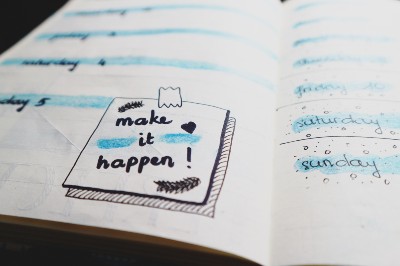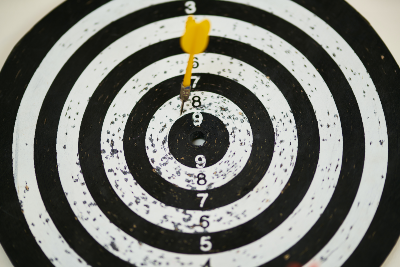
Tips & Tools
Managing your anxiety
Goal Setting Tools To Help You Reduce Anxiety and Create More Joy

“A goal without a plan is just a wish.” ~ Antoine de Saint-Exupéry
What comes to mind when you think of goal setting?
Adventure seekers climbing mountains? New Year’s resolutions? Weight loss?
Would you believe me if I told you that, regardless of who you are, setting and reaching goals can increase you reduce anxiety and create more joy?
In my experience, setting goals about the things that really matter to me and having a structure to keep me focused can bring me a sense of accomplishment, help me do more of what I love, and many other positive outcomes. As a result, I feel better about myself and believe that I can make positive change in my world.
For many of us, however, reflecting on our lives, setting goals and thinking about the future can be a daunting task. So, here’s a simple yet powerful tool that you can use to get things started with the process.
It’s called the Wheel of Life.
This exercise helps you see your strengths and your weaknesses. It helps you clarify what’s most important to you, where things are at right now, and how you would like your life to look and feel in the future.
Through the process you gain a clearer picture of the direction you want to be heading, as well as specific actions to help you create more of what you really want in your life.
It helps you make positive change, one step at a time, which leads to more joy!
Here is a wheel of life template or a similar 5-Step Goal Setting template that you can use to guide you along the way as you follow these steps.
 Step 1: Reflect
Step 1: Reflect
I find it is most effective to do this exercise when I am feeling calm and centered. If you could use some assistance centering your stress or anxiety levels, check out these resources.
Once you’re feeling ready, pause and reflect on your life by considering the following questions:
- What are you most grateful for?
- What brings you joy, balance, and fulfillment?
- What matters most to you?
Step 2: Determine the key areas of your life
Identify the key areas of focus in your life, such as family, career, finances, health, friendships, and so forth. Feel free to revise the templates provided above so that the areas of your life feel meaningful to you.
We all tend to have some areas that are stronger than others. And sometimes we neglect or avoid looking at certain areas. For example, you may be a very social person, yet you struggle to manage your personal finances. The Wheel of Life exercise helps you see the areas that are strong for you, as well as the areas where you may want to make some changes.
|
Step 3: Assess your current situation and identify your desired goals In each of the key areas from Step 2, rate how satisfied you are right now on a scale of 1 (very dissatisfied) to 10 (completely satisfied). Take a moment to reflect on your results by considering the following questions:
Then, select the key area that you think will have the largest impact on your life and what’s most important to you. Spend a few minutes jotting down what would make this area a 10 out of 10. What would this feel like? What difference would that make for you in your everyday life? If you have the time, write out your desired goals for each key area. |
 |
Step 4: Make a plan
Next, make a plan to achieve your desired goal in this area. Use a notebook if you need additional space
to write your ideas.
Here are some questions to help you decide on your key action steps:
- What would you like to start doing?
- What would you like to stop doing?
- What are you currently doing that you would like to do more or less of?
Identify a desired goal that you would like to achieve within a set period of time, such as one year. Remember to make it a SMART goal (Specific, Measurable, Attainable, Realistic, and Time-bound). Consider breaking down the major steps to reach your goal into smaller weekly actions.
 How Step 5: Revisit your goals
How Step 5: Revisit your goals
Revisit your goals on a regular basis.
This is where goal setting can fall apart for many people. It is important to regularly review your goals to help you track your progress, celebrate your growth and accomplishments, and keep you heading the right direction.
Celebrating your progress supports mental well being and helps develop a growth mindset to continue making positive change.
Revise your action items as needed based on what is working for you and your evolving desired outcomes.
Conclusion
Goal setting doesn’t mean that we can control all aspects of our life. It does, however, mean that we can shift our habits, mindset, relationships and other areas in order to create a better life for ourselves and those around us.
Whether you want to strive for higher grades in school, strengthen your friendships, or work on becoming more present (and less distracted!), goal setting can help you create a life of increased joy, balance and fulfillment. Working towards your goals is a skill. And like any skill, it gets easier with practice.
I hope you enjoy the process.
 |
Tips for help with the goal setting process
Develop a support network.
Consider what support you need from others to make changes and be consistent. Find an accountability partner, maybe a friend or family member. Share your goals and provide regular progress updates.
Work with a life coach.
Working with a certified life coach can fast track your growth and development. The International Coaching Federation has a directory of qualified, passionate and supportive coaches.
Create a regular centering practice.
Recognize what helps you get centered. There are many tools or activities that could help you get centred, such as exercise, journalling, a gratitude practice, time in nature or meditation.
Be curious and experiment.
Certain exercises or tools will likely feel more natural and be more effective for you. Keep an open mind, try things out, revise the exercises to best suit your needs, and have fun with the process!

Scott Caspell, B.Ed, M.Ed, ACC
Certified Professional Coach
Website: www.scottcaspell.com
Email: [email protected]
- All
-
29 Nutrition
Nutrition
- 73 Mindfulness and Relaxation
- 27 Student Life
- 8 Exercise
- 51 Treatments & Therapies
- Anxiety Resources

Don't see what you're looking for? Send us an email!
©Copyright 2024 Cam’s Kids powered by Kids Help Phone
Not-for-Profit Organization. B/N: 921508-5
Thanks for visiting Cam's Kids. Please remember...
Cam's Kids is not a service provider.
If you are in crisis, please call 911 or go to your nearest emergency department. For free, confidential counselling, contact Good2Talk or Kids Help Phone.
Post-secondary students: find your local crisis resource here.

